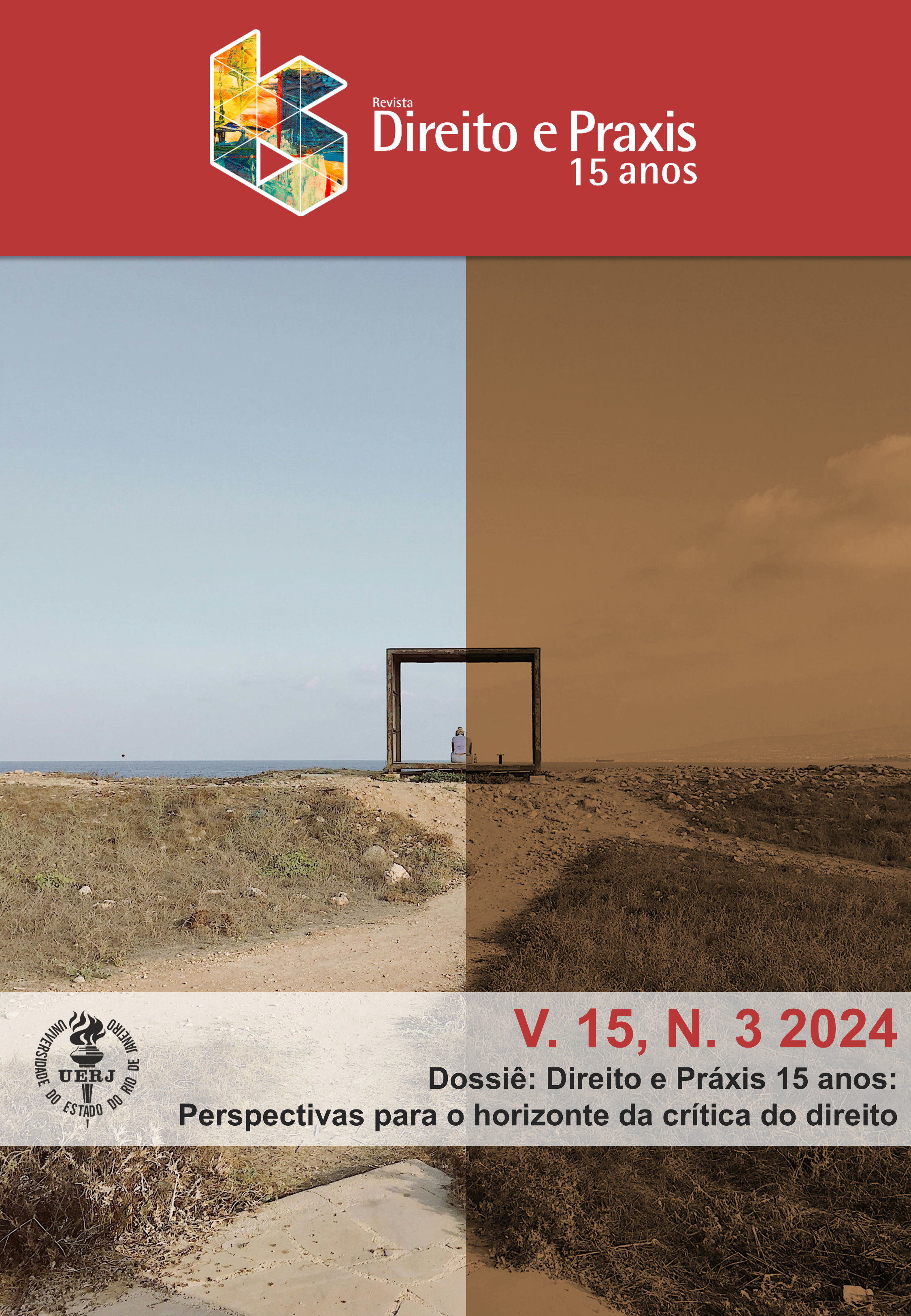The use of intersectionality in criminology
Keywords:
Lgbtphobia, Social markers of difference, Vulnerability, Criminology, IntersectionalityAbstract
https://doi.org/10.1590/2179-8966/2023/69792i
This article aims to demonstrate that the use of intersectionality, as an analytical, political and social strategy, is compatible with a critical and radical reading of criminology, considering LGBT issues as a central point of the implications of violence and vulnerability. Intersectionality is used as a strategy for contemporary criminological thinking, given its analytical potential regarding the intersection of power systems and the production of inequalities. The course of reflections, which has LGBTphobic violence as a starting point, begins with a brief exposition of Brazilian data on homotransphobia and its relations with the intersectional perspective. It then justifies the choice of Patricia Hill Collins and her approach to intersectionality as a critical social theory. It advances the analysis of intersectional thinking as a necessary strategy for contemporary criminological criticism, by repositioning reflections on vulnerability, especially regarding LGBT debates. The results of these discussions leave open possibilities for a paradigm shift in Brazilian critical criminological thinking, which has become accustomed to working with social markers of difference in a generic or isolationist bias, a perspective that can be overcome with the intersectional criminology proposed by Hillary Potter.
Keywords: Intersectionality; Criminology; Vulnerability; Social markers of difference;
Lgbtphobia.
Downloads
Downloads
Published
How to Cite
Issue
Section
License
Copyright (c) 2023 Direito e Práxis

This work is licensed under a Creative Commons Attribution 4.0 International License.
The authors the sole responsibility for their texts.
It is allowed the total or partial reproduction of the articles of the Journal Law and Praxis, if the author is mentioned.
This work is licensed under a Creative Commons Attribution-Noncommercial-Share Alike 4.0 Unported License.
This license allows you to copy and redistribute the material in any medium or format for any purpose, even commercial, provided the original authorship is cited.
This work is licensed under a Creative Commons Attribution 4.0 International License.



